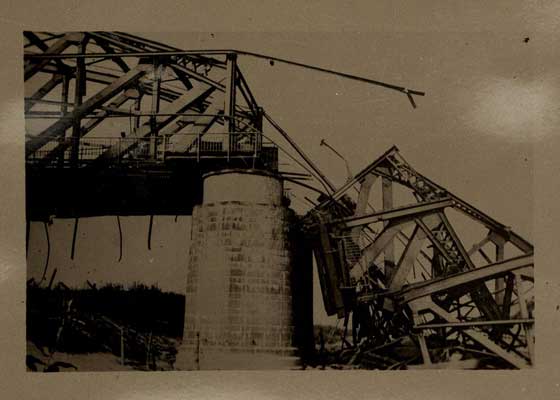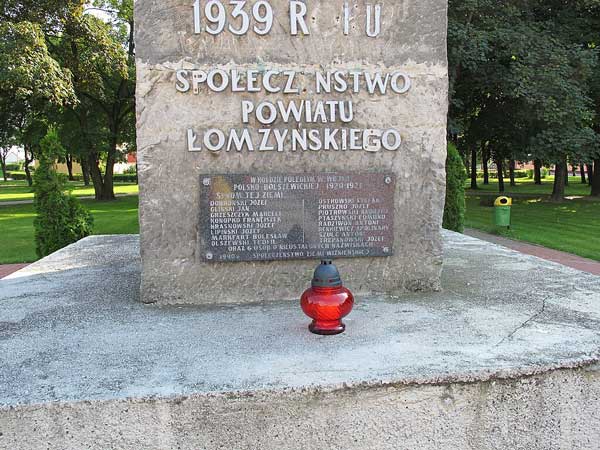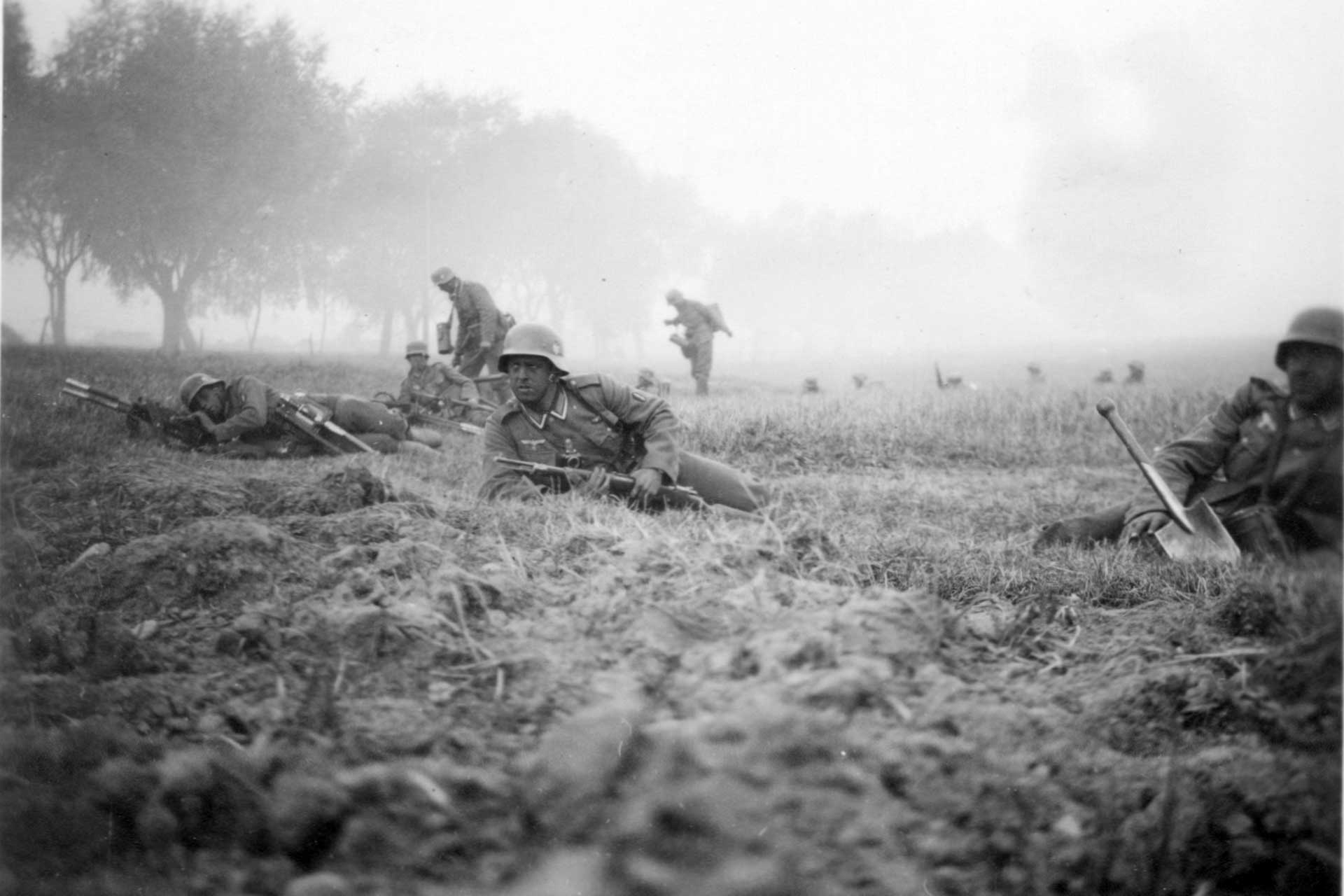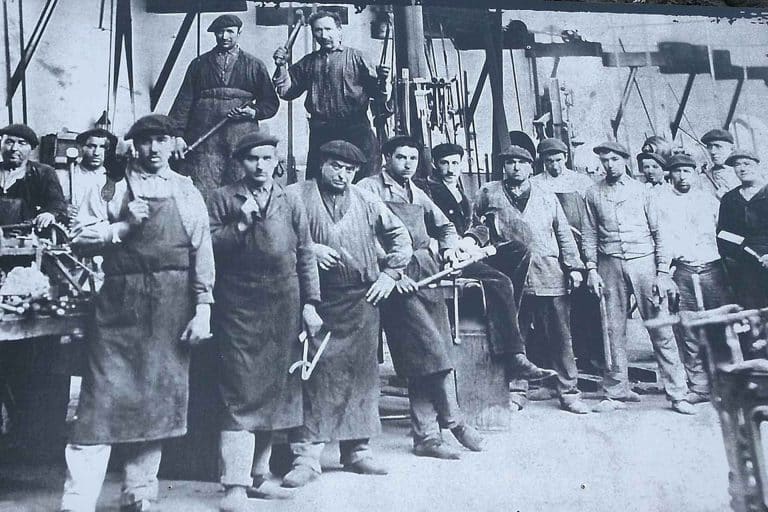The Battle of Wizna and Why It is Known as the Polish Thermopylae
The Echo of Heroism: The Battle of Wizna
Dubbed the “Polish Thermopylae,” the Battle of Wizna is a testament to the extraordinary bravery and resilience of the Polish forces.
In the nascent days of September 1939, as the shadow of Germany’s invasion crept across Poland, a moment of unparalleled bravery unfolded at a small fortress near Wizna. Faced with overwhelming odds, a scant contingent of soldiers, under the command of Captain Władysław Raginis, prepared to defend their homeland against a vastly superior enemy force. This historic confrontation not only exemplifies the indomitable spirit of the Polish defenders but also marks one of the most heroic stands of World War II.
The Precursors to Invasion: Shaping the Stage for Conflict
The invasion of Poland by Germany in 1939 was the spark that ignited the inferno of World War II, driven by a complex web of strategic, ideological, and political motivations. Central to Adolf Hitler’s aggressive foreign policy was the concept of “Lebensraum,” or living space, outlined in his manifesto “Mein Kampf,” which sought to expand German territory into Eastern Europe. Hitler’s disdain for the Treaty of Versailles, which he aimed to dismantle, played a crucial role. The Treaty’s provisions had awarded the Polish Corridor and Posen to Poland, along with making Danzig a free city, all of which grated against Hitler’s ambitions for German restoration and expansion.
The German chancellor also operated under a grossly underestimated view of the international response, particularly from British Prime Minister Neville Chamberlain. Despite Chamberlain’s prior appeasements, Hitler believed him too weak to act decisively, emboldening his plans against Poland under the pretext of defending the German minority from alleged Polish persecution.
Additionally, Hitler sought to challenge and eventually dismantle the specter of communism, with the invasion of Poland being a stepping stone towards his ultimate target—the Soviet Union.
Hitler’s immediate motivations were intertwined with broader strategic objectives, including the desire to teach Chamberlain and the international community a lesson for their defiance, expressly after Poland was guaranteed independence on March 31, 1939. The fear of an emerging anti-German alliance further spurred his actions, as evidenced by the mobilization of the Polish Army, which Hitler claimed violated their non-aggression pact.
The decisive factor, however, was the Nazi-Soviet Pact of August 23, 1939. This agreement not only neutralized the Soviet Union as a potential obstacle but also secretly partitioned Poland between the two powers, clearing the path for the German invasion and signaling the catastrophic unraveling of peace in Europe.

The Fortress of Wizna: Setting the Stage for the Polish Thermopylae
Wizna, a small village in Poland, became an unlikely focal point during the 1939 German invasion thanks to its strategic position and formidable defensive preparations. With the looming threat of war, Polish engineers transformed the area into a fortified line designed to protect the crossings of the Narew and Biebrza rivers. This line, which stretched between the villages of Kołodzieje and Grądy-Woniecko, formed a critical barrier just 35 kilometers from the East Prussian border. Despite the pressing deadline, 16 bunkers—out of a planned 60—were constructed, offering a formidable defense equipped with heavy concrete, reinforced steel domes, and a mixture of machine guns and anti-tank artillery.
As the war dawned, the defensive line at Wizna was far from completion, yet the existing fortifications were strategically placed to maximize their effectiveness. The bunkers, built on elevated terrain, overlooked the swampy valley below, presenting a challenging obstacle for any approaching force. Commanded by Captain Władysław Raginis, the Polish garrison at Wizna, although primarily composed of newly conscripted soldiers, was determined to hold the line against the advancing Wehrmacht.
The strategic significance of Wizna in the early days of World War II cannot be overstated. This small village’s transformation into a fortified defensive line showcased the Polish military’s ingenuity and foresight.
The Dawn of Battle at Wizna
The Battle of Wizna commenced at the outset of World War II, as the German 3rd Army set its sights on Warsaw, cutting through the Polish Narew Corps’ positions. By September 2, Captain Władysław Raginis had assumed command of Wizna’s defenses, strategically basing himself in the “GG-126” bunker. Despite being outnumbered, Raginis and his 720-strong contingent were resolute, armed with a modest arsenal including artillery and anti-tank rifles, prepared to confront the advancing German forces.
Initial engagements, which began on September 3, highlighted the vulnerability of Polish positions to aerial surveillance and attacks, underscoring the imminence of a more significant conflict. The situation escalated on September 7 when German forces captured Wizna, overcoming Polish resistance and advancing despite Polish engineers destroying a critical bridge. The Polish forces’ tactical withdrawals and the German infantry’s repelled advances set the stage for a confrontation of starkly uneven forces.

By September 9, the scenario had intensified with the arrival of General Heinz Guderian’s XIX Panzer Corps, bolstering the German presence with overwhelming numbers and firepower. Facing a force 60 times its size, the Polish garrison at Wizna stood on the brink of an epic defense. This initial phase of the Battle of Wizna showcased not only the strategic importance of the area but also the indomitable spirit of its Polish defenders, setting the stage for what would become one of the most heroic stands in military history.
The Battle of Wizna saw a staggering mismatch in military might, pitting a Polish garrison of at most 900 infantry, equipped with 6 76mm guns, 42 machine guns, and two anti-tank rifles, against a formidable German force. The invaders brought 41,000 infantry, a colossal armada of 350 tanks, and an overwhelming 657 artillery pieces. This stark disparity highlights the immense challenge faced by the Polish defenders, underscoring their remarkable contribution to their homeland defense and the battle’s enduring legacy as the “Polish Thermopylae,” where courage was displayed against overwhelming odds.
The Valiant Stand at Wizna
The defense of Wizna began under a dark omen as German planes disseminated leaflets claiming Poland’s defeat, aiming to demoralize the Polish defenders. In defiance, Captain Władysław Raginis and Lieutenant Brykalski pledged to fight to the death, galvanizing their troops to continue the resistance amidst the looming German artillery and aerial assault. Despite being vastly outnumbered and outgunned, the Polish forces maintained their resolve, withstanding the initial German onslaught with resilience that belied their small numbers.

As the Battle of Wizna intensified, the Polish defense encountered severe challenges. The northern flank, battered by German tanks and infantry, saw Lieutenant Kiewlicz and his men daringly retreat to Białystok to join General Kleeberg’s forces, marking a poignant moment of importance and tactical withdrawal under fire. Meanwhile, the southern fortifications faced a grueling stalemate; Polish bunkers, though inadequately armed against tanks, unleashed devastating machine-gun fire on the advancing German infantry. This resistance led to a temporary impasse, illustrating the defenders’ strategic use of their limited resources.
Isolation and dwindling supplies marked the final hours of the siege as Polish forces, abandoned by the possibility of reinforcements due to strategic reallocations, fought with unwavering tenacity. The remaining bunkers became fierce combat scenes, with defenders repelling multiple assaults until the inevitable breached their defenses.
Echoes of Valor: The Aftermath of The Battle of Wizna
In the grim aftermath of The Battle of Wizna, the defenders’ sacrifice became emblematic of the Polish fighting spirit. The Polish forces, severely depleted in ammunition and with the majority of their men wounded, faced an untenable situation. In a final act of defiance, Captain Władysław Raginis chose death over surrender, embodying the spirit of resistance that defined the battle.

The German forces, under General Heinz Guderian, had threatened to execute prisoners of war to quell the remaining Polish fighters, yet the resistance persisted until a ceasefire was negotiated. The battle culminated with the surrender of Polish arms, marking a poignant end to a fierce stand against overwhelming odds. In a final act of defiance, Captain Władysław Raginis chose death over surrender by deploying a grenade against his neck. This act by Władysław Raginis embodied the spirit of resistance that defined the battle.
The cost was steep on both sides, though exact German casualties remain a subject of historical debate. Estimates suggest the Polish forces suffered around 660 casualties, with 40 taken prisoner, a testament to the ferocity of their defense against the German onslaught. Despite this, the Wizna strongholds delayed the German advance for three critical days, symbolizing resistance and sacrifice deeply ingrained in Polish national consciousness.
Following the cessation of resistance at Wizna, the German XIX Panzer Corps pressed on, encountering and decisively engaging Polish forces in subsequent battles at Wysokie Mazowieckie, Zambrów, and Andrzejewo. These encounters further demonstrated the strategic significance of the Wizna stand, which, albeit resulting in tactical defeat, allowed for a delay that had strategic implications in the broader context of the 1939 Defensive War.
The legacy of the Battle of Wizna, known as the “Polish Thermopylae,” endures in Polish culture and history as a poignant reminder of bravado in the face of impossible odds. The defender’s sacrifice left an indelible mark on history, mirroring the legendary stand of the Spartans at Thermopylae and highlighting the extraordinary courage of those who fought in the defense of Wizna.








